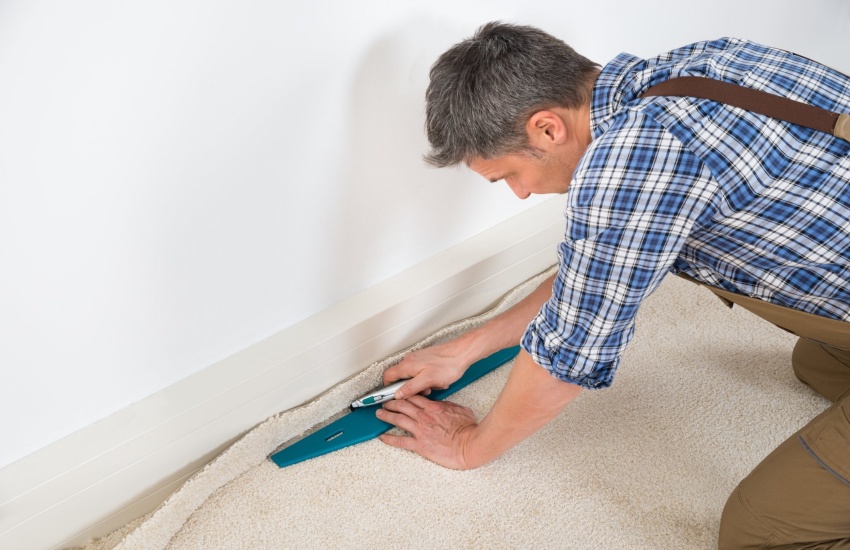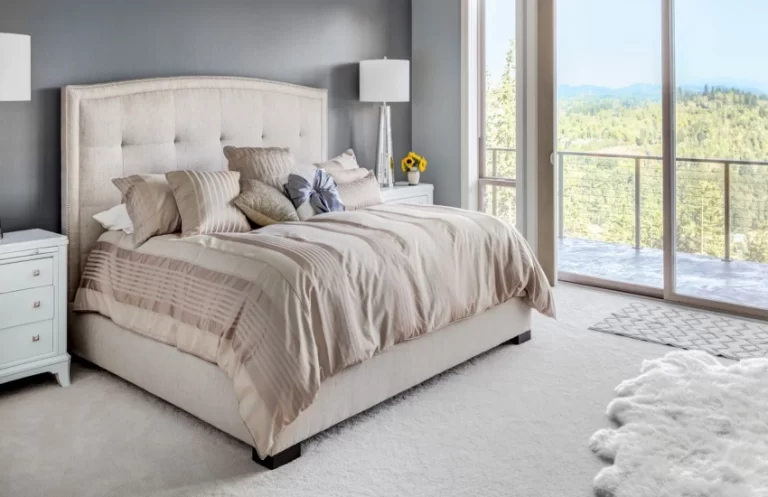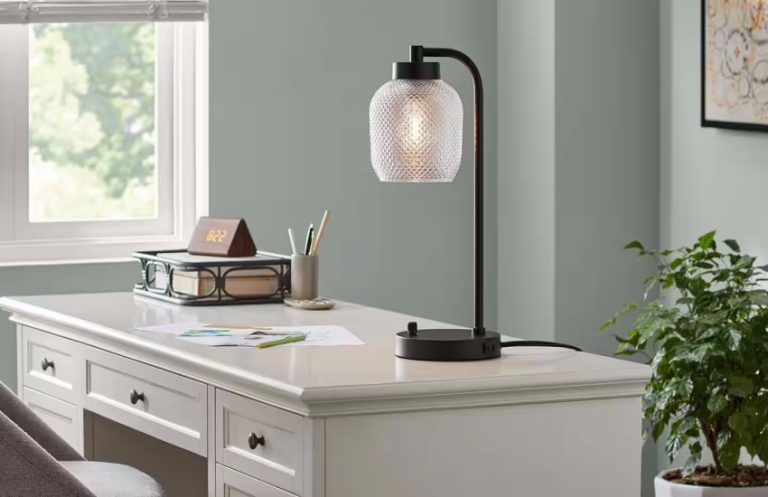
Consider factors such as the type of fiber, pile height, and carpet style. Different fibers like nylon, polyester, and wool offer various benefits in terms of durability, stain resistance, and comfort. The pile height can impact both the aesthetic and the functionality of the carpet. Low pile carpets are easier to clean and maintain, while high pile options provide a plush feel underfoot.
Preparing the subfloor is essential for a successful installation. A clean and level subfloor ensures that the carpet adheres properly and prevents future issues. Any imperfections in the subfloor should be addressed before installation begins. This may involve filling in cracks, smoothing out uneven areas, or replacing damaged sections. Proper preparation can significantly extend the lifespan of the carpet.
Choosing the right padding is another important consideration. Carpet padding provides cushioning and insulation, enhancing the comfort of the carpet while also extending its durability. The thickness and density of the padding can affect how the carpet feels underfoot. A good rule of thumb is to select a padding that complements the carpet type and intended use of the space.
When it comes to installation, hiring a professional can make a significant difference. Experienced installers have the skills and tools necessary to ensure a flawless finish. They can also identify any potential issues during the installation process, such as improper seams or alignment problems. Professional installation can save time and reduce the risk of costly mistakes.

For those who choose to tackle the installation as a DIY project, careful planning and preparation are key. Measuring the room accurately is essential to ensure that the carpet fits perfectly. Cutting the carpet to the correct size and making precise seams are critical steps that require attention to detail. Utilizing the right tools, such as a carpet stretcher and adhesive, can help achieve a professional-looking result.
After installation, proper maintenance is vital for keeping the carpet looking its best. Regular vacuuming helps remove dirt and debris, preventing it from settling into the fibers. Spot cleaning spills immediately can prevent stains from setting in. Additionally, scheduling professional deep cleaning every few years can help maintain the carpet’s appearance and extend its lifespan.
Understanding the warranty and care instructions provided by the manufacturer is crucial. Different carpets come with varying warranties that cover specific issues, such as wear and tear or staining. Familiarizing yourself with these details can help ensure that the carpet remains in good condition and that any potential claims can be addressed promptly.
A well-installed carpet not only enhances the visual appeal of a room but also provides comfort and warmth. By following these tips, homeowners can enjoy a beautiful and functional carpet that complements their living space perfectly.





